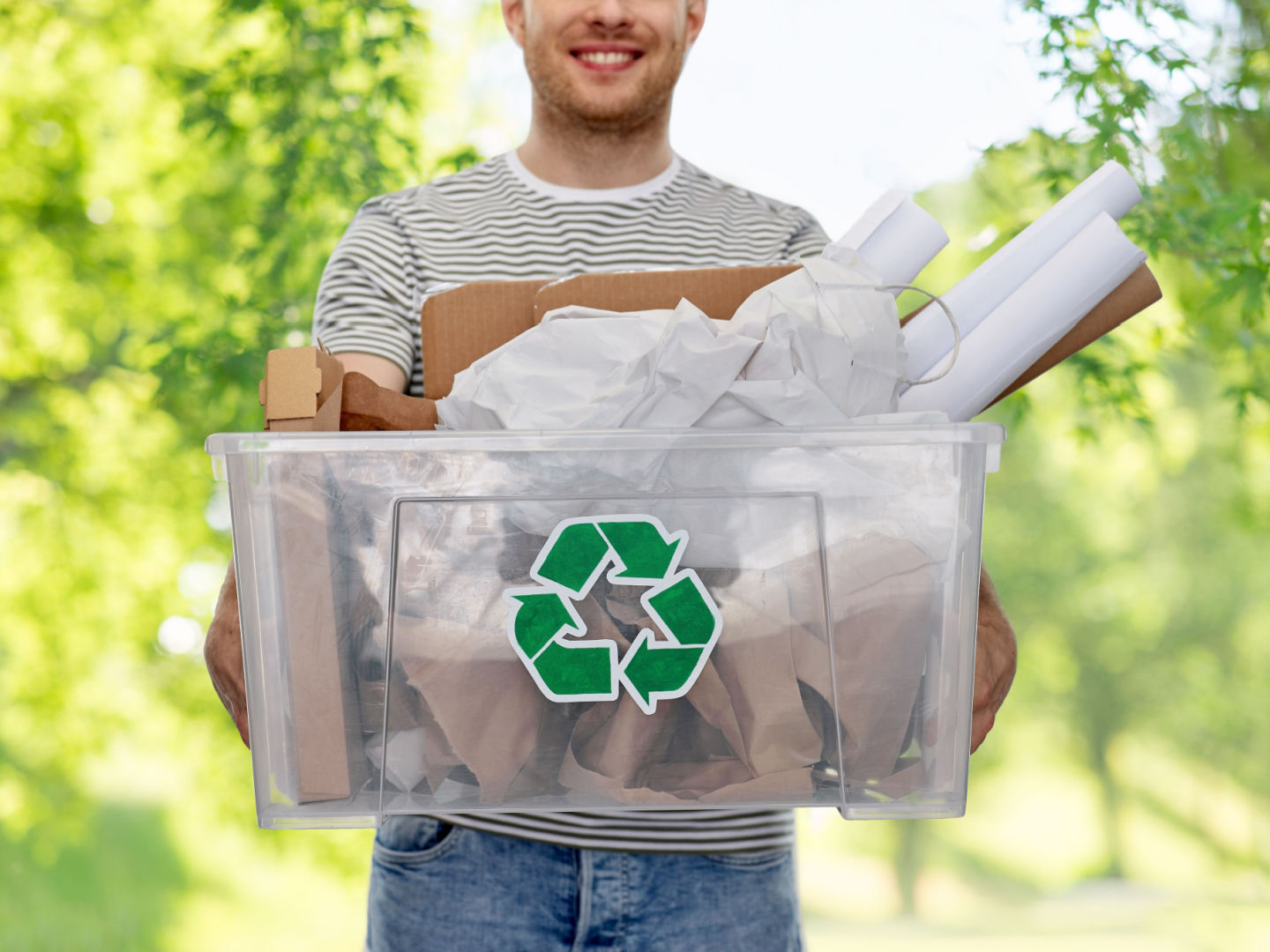America is getting serious about recycling, and pulp and paper products are leading the way.
America Recycles Day®, which is celebrated on Nov. 15, is supported by the U.S. Environmental Protection Agency (EPA) and Keep America Beautiful.
The EPA has developed a National Recycling Strategy that is a first step toward a circular economy for all. This strategy is aligned with and supports implementation of the national goal to increase the recycling rate to 50 percent by 2030.
The strategy has five objectives to create a more resilient and cost-effective national recycling system:
- Improve markets for recycling commodities.
- Increase collection and improving materials management infrastructure.
- Reduce contamination in the recycled materials stream.
- Enhance policies to support recycling.
- Standardize measurement and increasing data collection.
Additionally, two bills in Congress aim to improve education, access and infrastructure for recycling. The Senate passed the bills this summer, and they await action by the U.S. House of Representatives.
The Recycling and Composting Accountability Act instructs the EPA to more formally collect data on recycling and composting programs across the country in order to better address the challenges faced by those programs.
The Recycling Infrastructure and Accessibility Act aims to improve recycling access in rural communities by creating a pilot grant program.
Recycling Pulp and Paper Products
The pulp and paper industry is a leader in recycling, with high rates of recovery for both paper and packaging.
Heidi Brock, president and CEO of the American Forest and Paper Association, says of the role of the papermaking sector, “Our industry is contributing to a more circular and sustainable future, with more than $4.1 billion in manufacturing infrastructure investments planned or announced from 2019 to 2023 to continue the best use of recovered fiber in manufacturing our products.”
For more than a decade, the paper industry has achieved a consistently high recycling rate, meeting or exceeding 63 percent each year — a rate that’s nearly doubled since 1990, when we first set a paper recycling goal, Brock says.
Recycling at Domtar goes beyond our paper recycling efforts. Our environmental and sustainability leaders across our manufacturing network are always looking for beneficial reuse opportunities for our pulp and paper products and byproducts, as well as new ways to reduce the size of our landfills by producing paper-based alternatives to plastic.
Domtar’s largest scale recycling project is our Kingsport Mill’s conversion to our first 100-percent recycled fiber manufacturing facility. As a more sustainable alternative, the Kingsport Mill, upon startup, will reuse recycled material such as boxes and other mixed paper to produce high-quality containerboard that can be recycled again. By the end of this year, the retail boxes and other mixed paper in your recycling bin might come back to you in the form of a box made with recycled containerboard from Kingsport.
Join In
Observing America Recycles Day is easy. You can join an event, or make your own commitment to reduce, reuse, recycle and buy recycled products, including pulp and paper products, whenever possible. You also can encourage others to do the same by using the hashtag #BeRecycled on social media.
